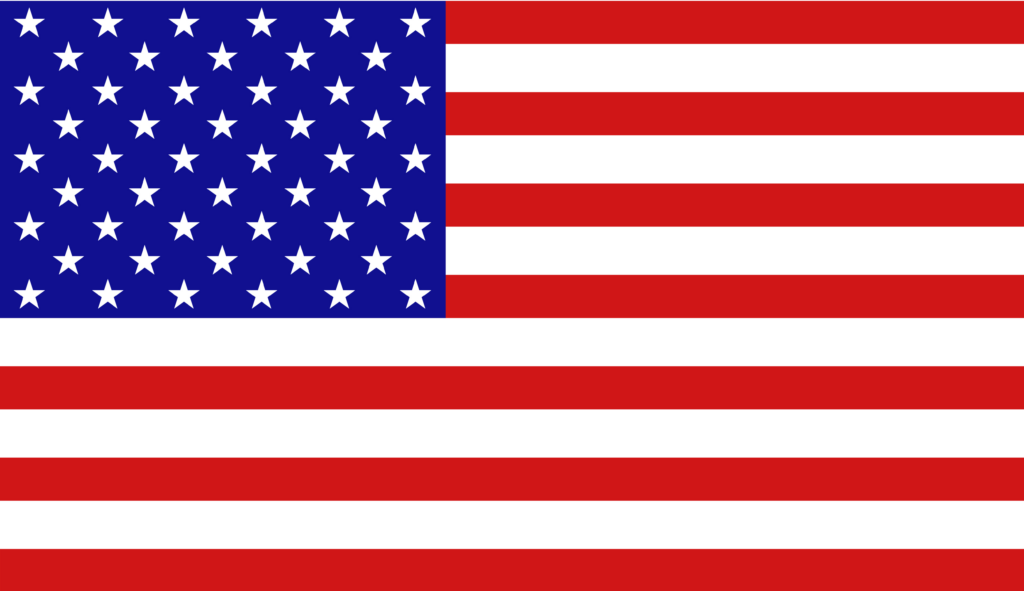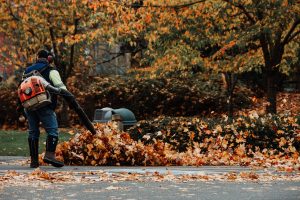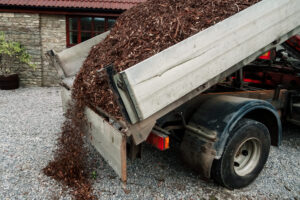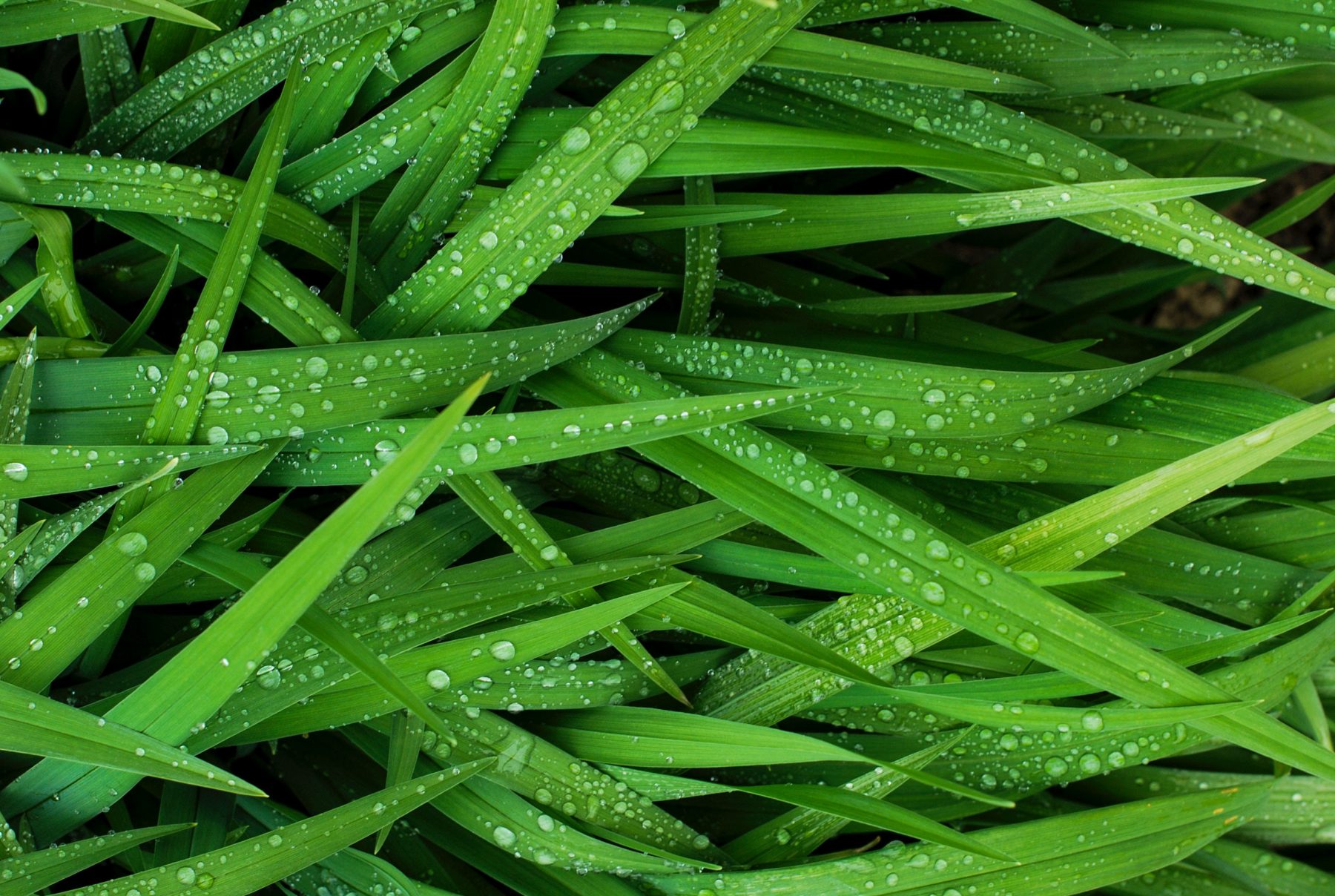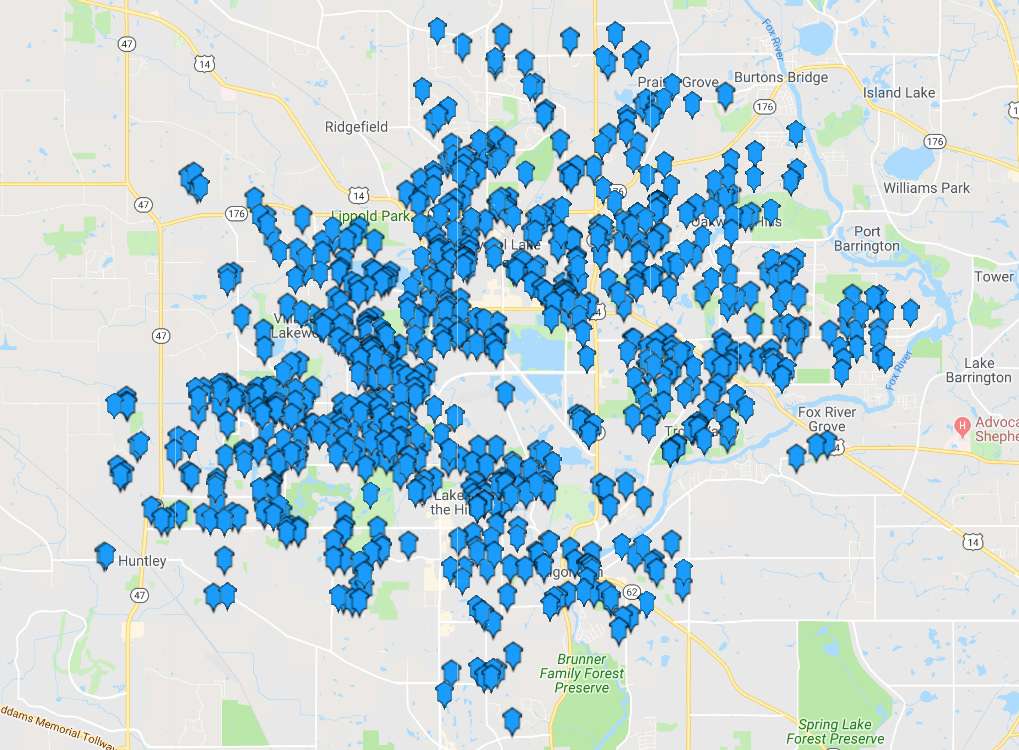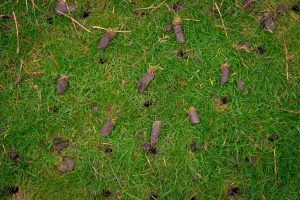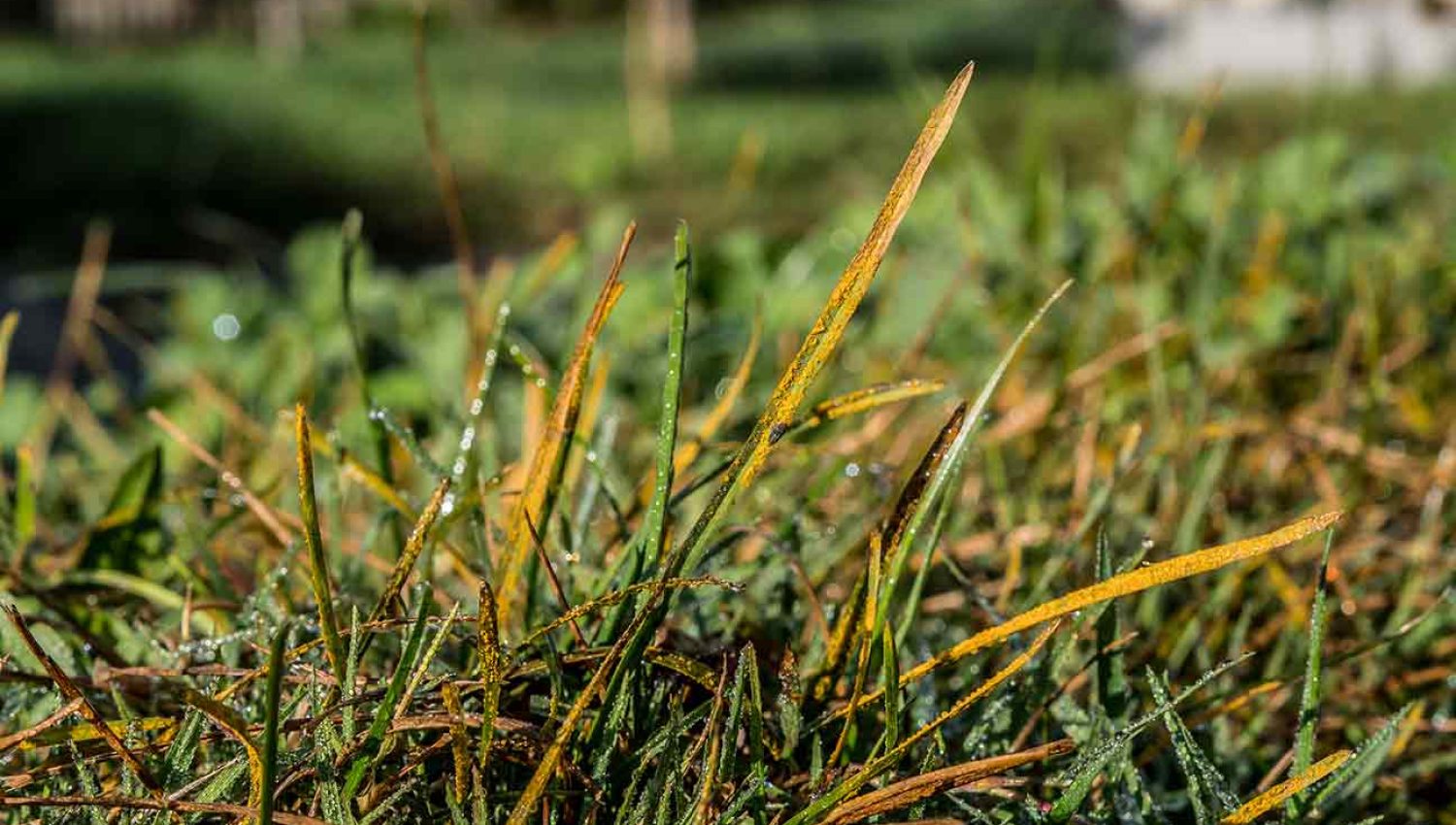
Identifying & Treating Lawn Rust Disease

What Does Lawn Rust Look Like
If your lawn is dealing with a rust infection, the first thing you will notice is the discoloration of individual grass blades. This lawn disease gets its name from its similarities in appearance to the rust that affects iron-containing metals. Lawn rust looks almost identical to common rust that affects metals, and infected lawns will appear to have yellowing and thinning patches. A closer inspection will reveal orange fungal spores on the grass blades. After the fungal spores find a suitable host, such as turfgrass, they will start spreading and multiplying over the plant. The yellow and orange flecks of color will turn into raised pustules that will eventually burst and leave behind an orange dust that covers the grass blades.
Early stages of a rust infection can be difficult to differentiate from other fungal diseases. The characteristic orange powder left behind from rust does not appear until the damage has already been done to your turf. You may notice yellow or brown spots spreading over grass blades, as well as grass becoming thinner and weaker. These symptoms should be cause for alarm no matter what type of disease or ailment may be plaguing your lawn, and the appearance of rust’s orange spores means the infection is well underway and spreading.
Key Characteristics:
- Yellow-to-brown spots (early stages)
- Thinning and weakened grass
- Raised orange pustules
- Orange powder on grass
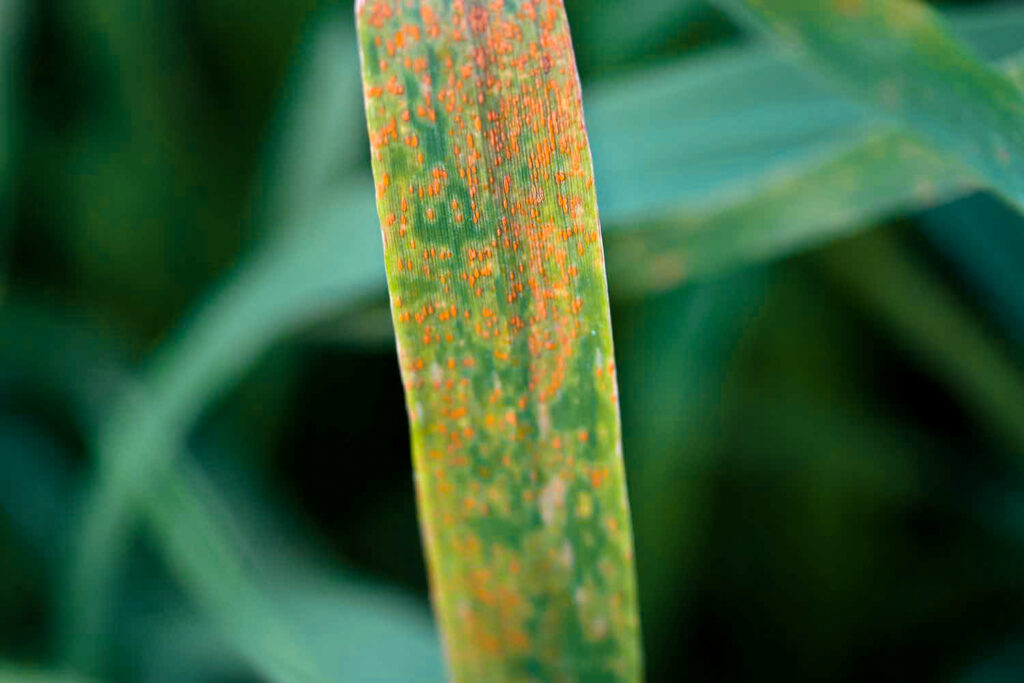
A number of conditions can attract the rust fungi to your lawn and yard. There are thousands of fungal species within the Puccinia genus that are responsible for the rust lawn disease, but they all cause roughly the same type of damage and are all attracted to similar conditions. Rust develops in moderate temperatures (between 68 and 86 °F) from spring to fall. These fungi are often capable of overwintering in dead plant matter and will spread again in early spring. Excessive shade, too much moisture, and underfertilizing will likely cause the rust fungi to spread.
Rust attacks both warm- and cool-season grass types, with some of the most common victims being tall fescue, ryegrass, Kentucky bluegrass, and zoysiagrass. When these types of grasses are out of their native season/temperature zone, growth is drastically slowed down, and that turf becomes susceptible to a rust infection. Turf that is struggling with growth and health for any reason is vulnerable to rust, as this disease seeks out lawns that are struggling to stay healthy.
- Unpredictable temperatures
- Drought stress
- Heavy shade
- Damp turf
- Improper fertilization
- Infrequent mowing
- Poor drainage
- Single seed type
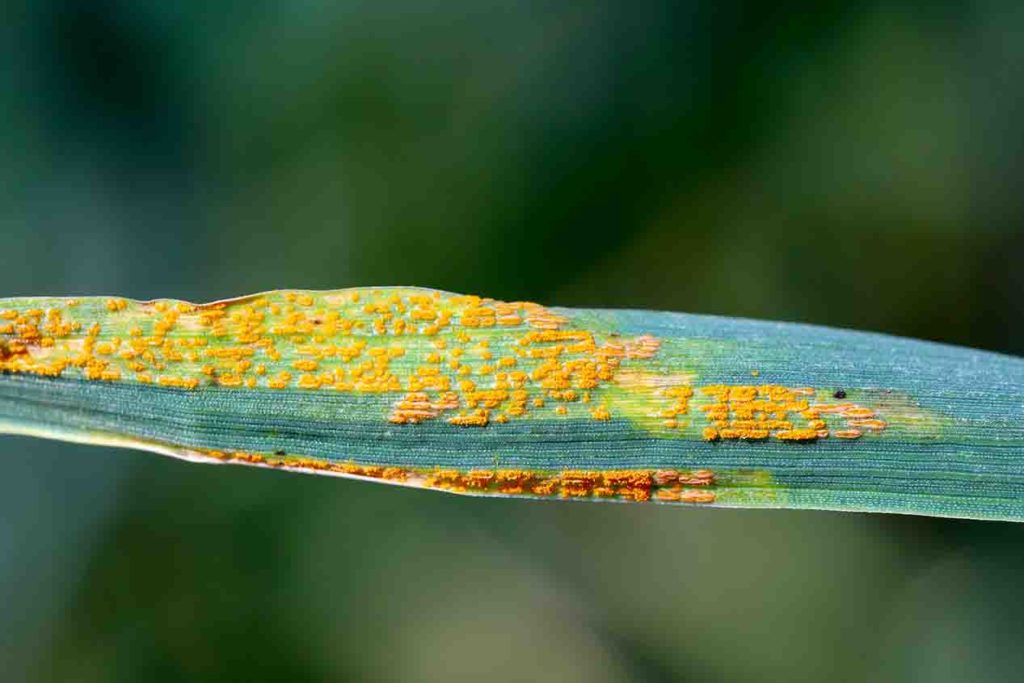
As mentioned above, rust is characterized by orange fungal spores that eventually burst and disperse into a powdery substance. The dispersal of these spores is what causes a rust infection to spread from one grass blade to another, and eventually they will infect your entire lawn. As the disease progresses, the powdery orange spores will spread by factors as common as the wind and water droplets, making it difficult to contain a rust infection once it has taken hold. You may even notice it on your clothing after a hard day’s work in the yard, which means you could unknowingly transfer the fungi into your home!
Physical transference is by far the most common way this disease gets spread. Lawn mowers, clippers, rakes, toys, shoes, and anything else that comes into contact with infected grass can and will spread the rust disease. The rate and many methods by which rust spores spread make containing an infection incredibly challenging if it is not caught early. Rust will also live in thatch layers, which means any dead organic material left behind after mowing may still contain active fungal spores capable of spreading the disease.
Does Lawn Rust Kill Grass?
Some forms of rust can affect the crowns and roots of your lawn, but the vast majority of rust infections are limited to only leaves/grass blades and will not directly kill your grass. However, the rust does weaken and thin-out grass blades, which can make your lawn susceptible to other problems. By covering grass blades in the dust-like substance, the rust fungi are actually weakening the turf and affecting its ability to photosynthesize. If plants are suffocated and unable to absorb the nutrients they require, those plants will continue to grow weaker and more vulnerable to diseases and pests. The damage directly caused by rust is not typically thought of as permanent, but grass can eventually start to die after being weakened by rust, even if the fungi themselves do not kill plants.
Ready To Sign Up? Get Your Quote
Looking to get signed up for service? Learn more about our current services & quickly get a quote for your property.
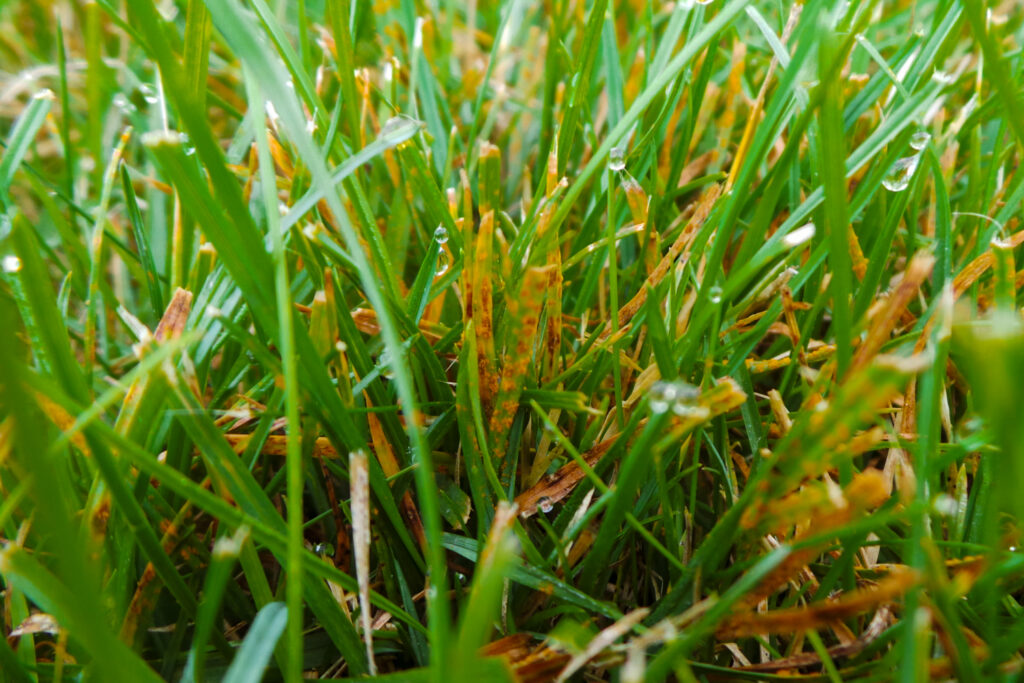
How To Prevent Lawn Rust Disease
Ready for some good news? Rust will usually clear up on its own! Fungicides are generally not needed unless your lawn is facing a particularly severe infection that covers the majority of your grass. Keeping your grass well fertilized and well maintained throughout the growing season will help your lawn fend off a rust invasion. If you are concerned that your lawn may need fungicide treatments, it is always best to call a professional lawn care provider to clear up a fungal lawn disease without harming the rest of your grass. The tips below will help you defend your lawn against rust, and call Elite Lawn Care at (815) 880-7333 to help prevent and treat lawn diseases in the Crystal Lake, IL area.
Prevention Tips
Reduce Shade:
Reduce shade by removing obstructions to help deter and clear up the rust fungi, which thrive in heavily shaded areas.
Bag Grass Clippings:
Bag grass clippings in order to prevent infected grass blades from spreading across your healthy turf as you mow the lawn.
Mow High:
Mow high so that more sunlight can reach your grass, which helps it grow taller and have more material to absorb nutrients.
Water Deeply and Infrequently
Water deeply and infrequently rather than in short sessions to make sure your lawn gets adequate moisture.
Water In The Morning
Water in the morning so that your lawn has enough time to dry throughout the day, which will discourage the development of rust fungi.
Nitrogen Fertilizer:
Use a nitrogen fertilizer to create thicker, taller grass that can properly withstand a rust invasion.
Start Your Quote Today! Getting Started
Get your weekend back & simplify your life this season. Trust Elite Lawn Care for your Lawn Care, Landscaping & Snow Removal needs.
-
1Choose Your ServicesChoose the services your property needs throughout the year.
-
2Set Up & Finalize Your AccountFill out the form & one of our team members will contact you.
-
3Discover The DifferenceServices are automatically scheduled, completed & billed.

